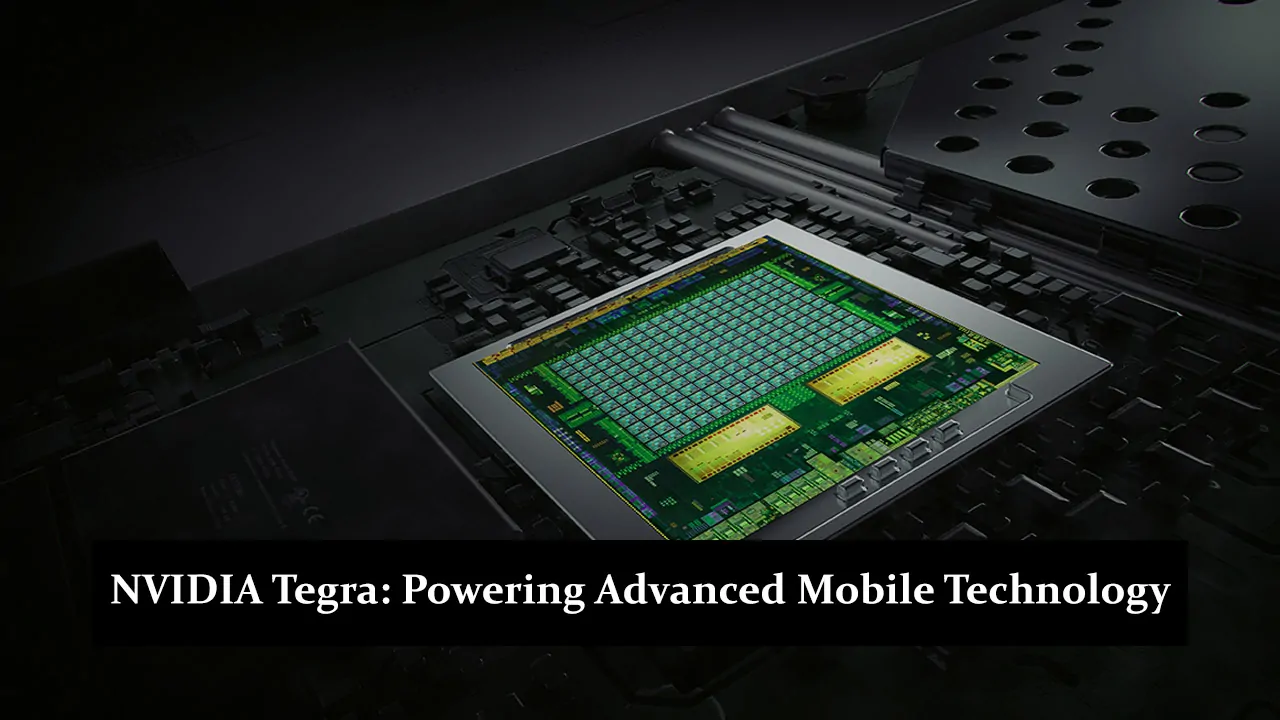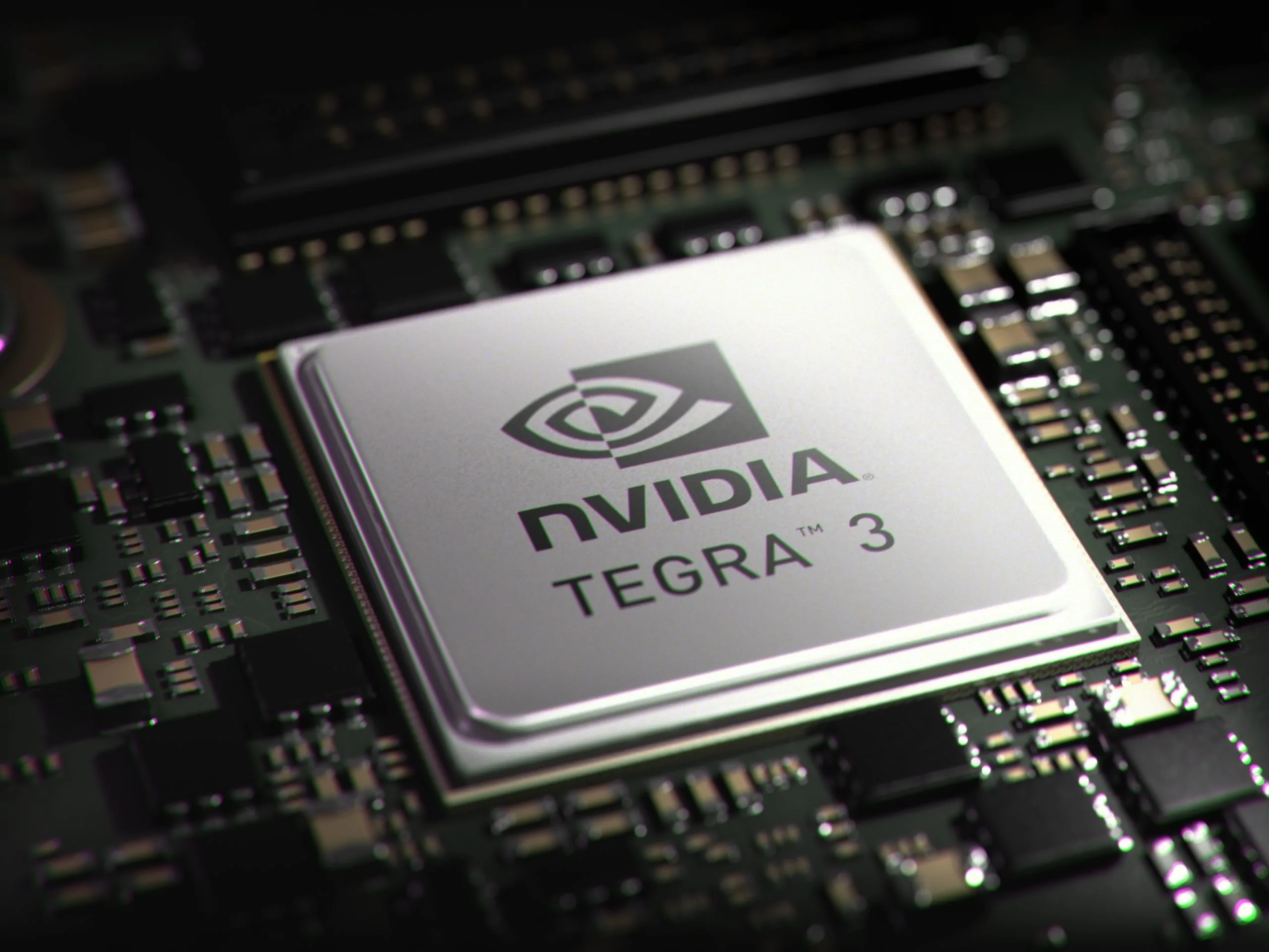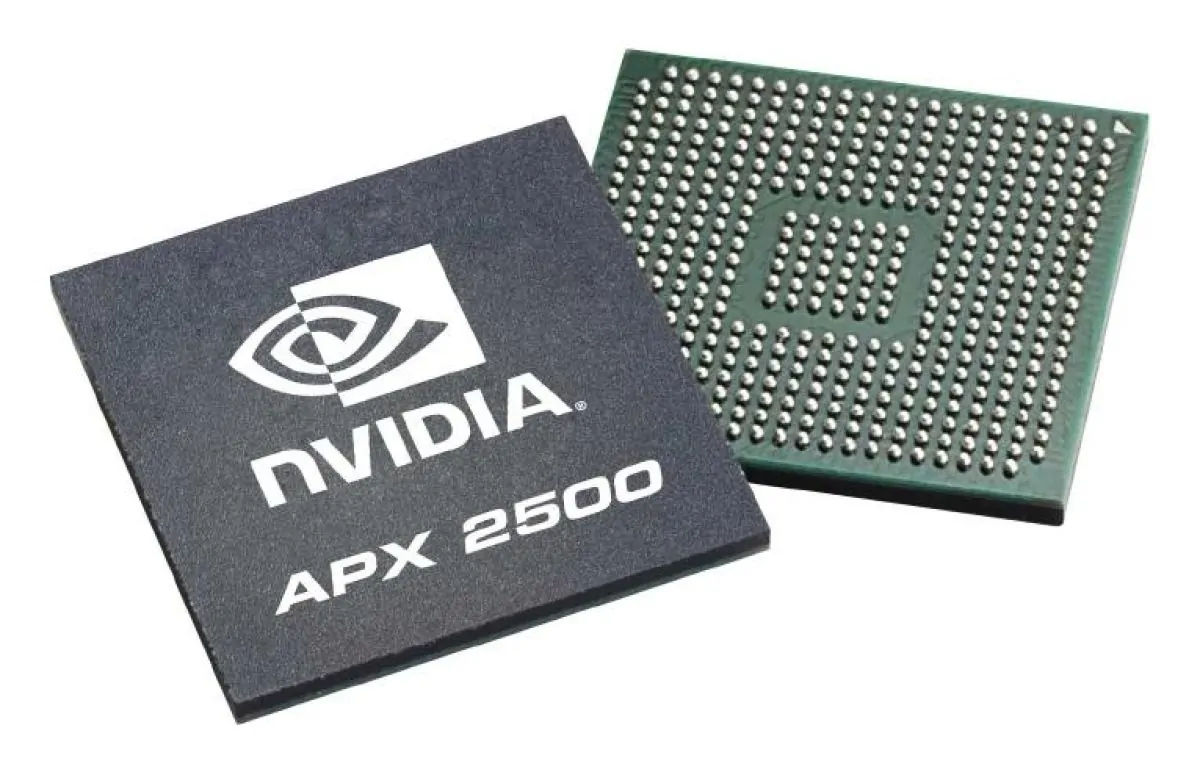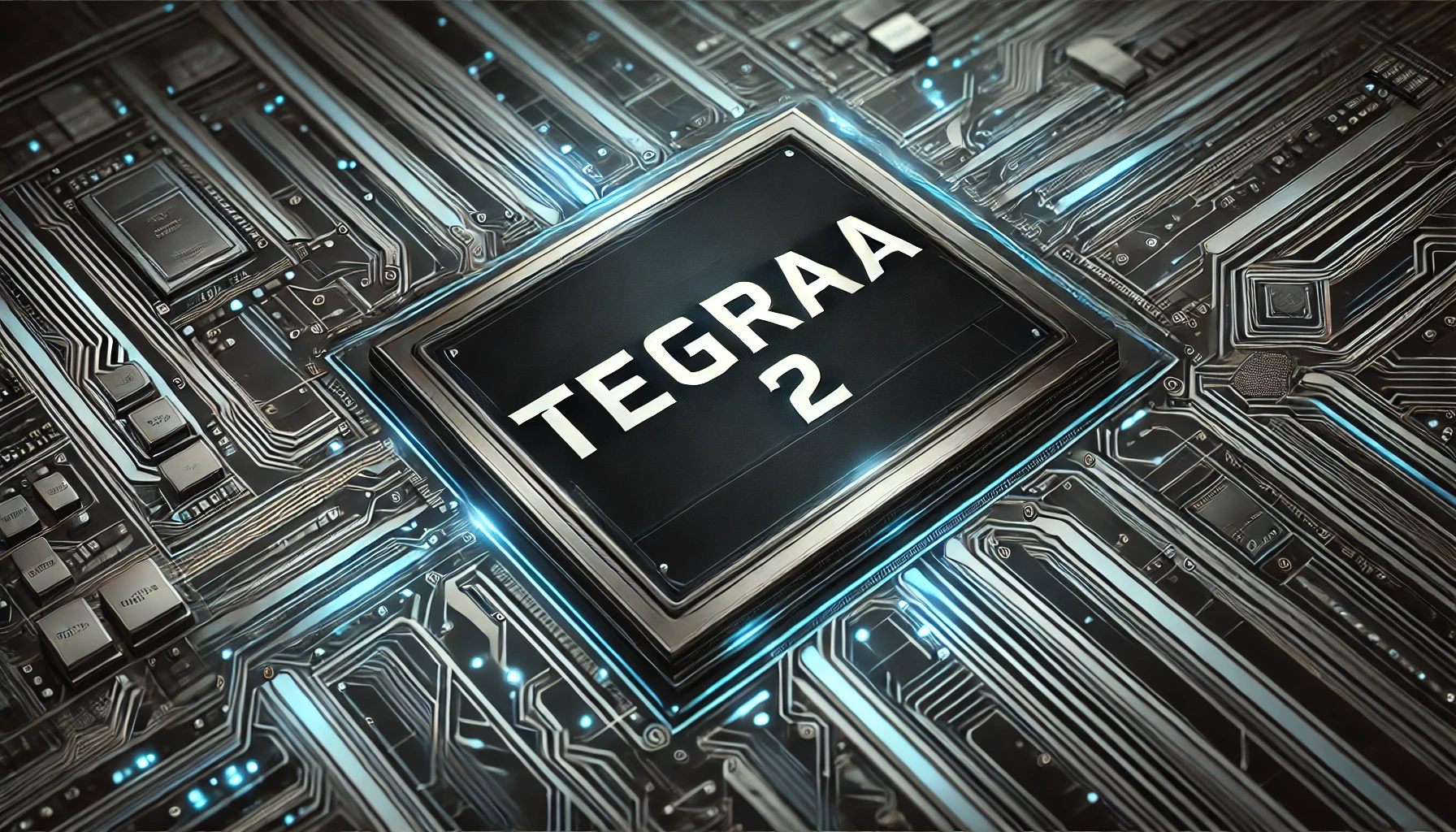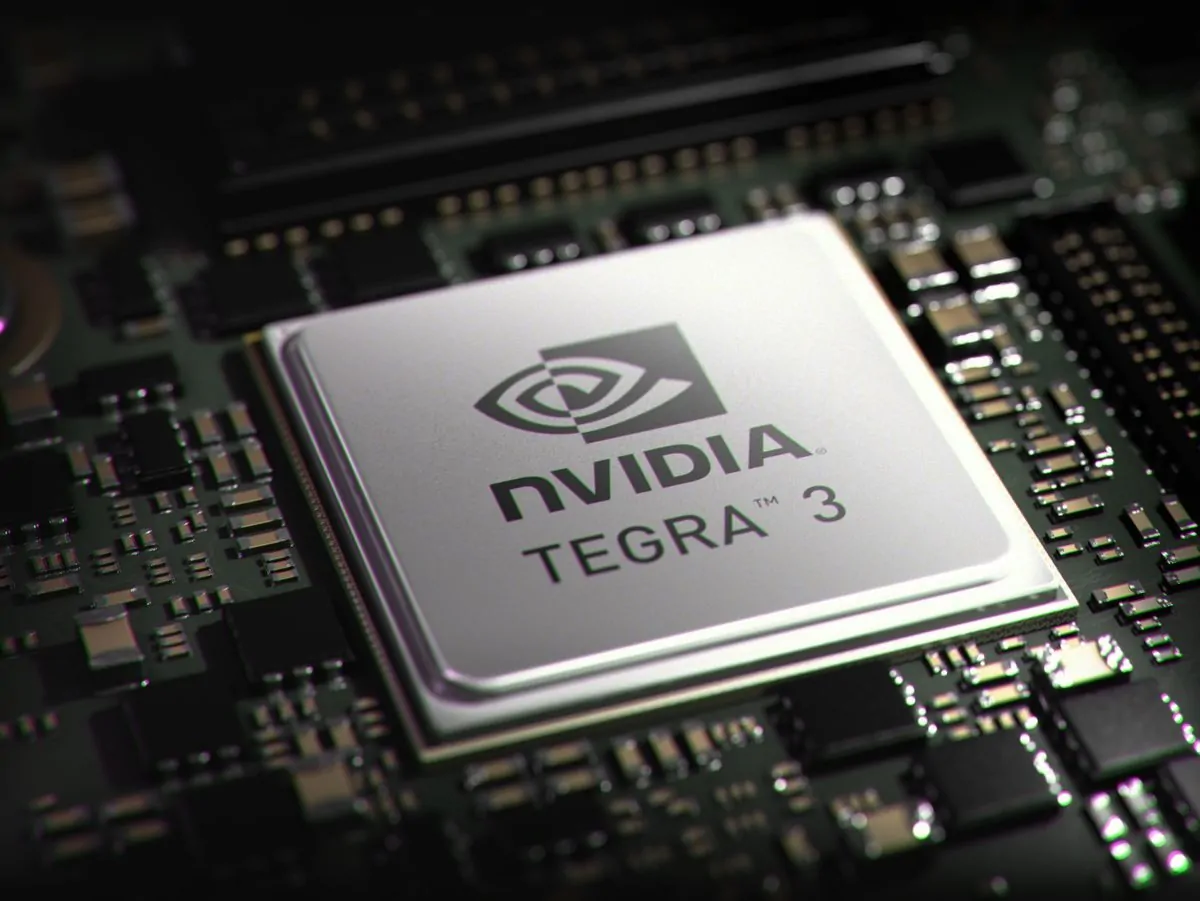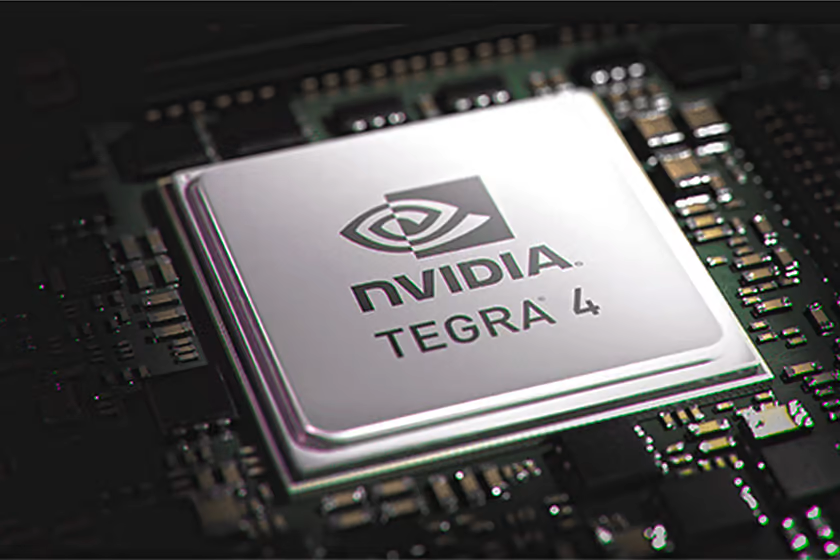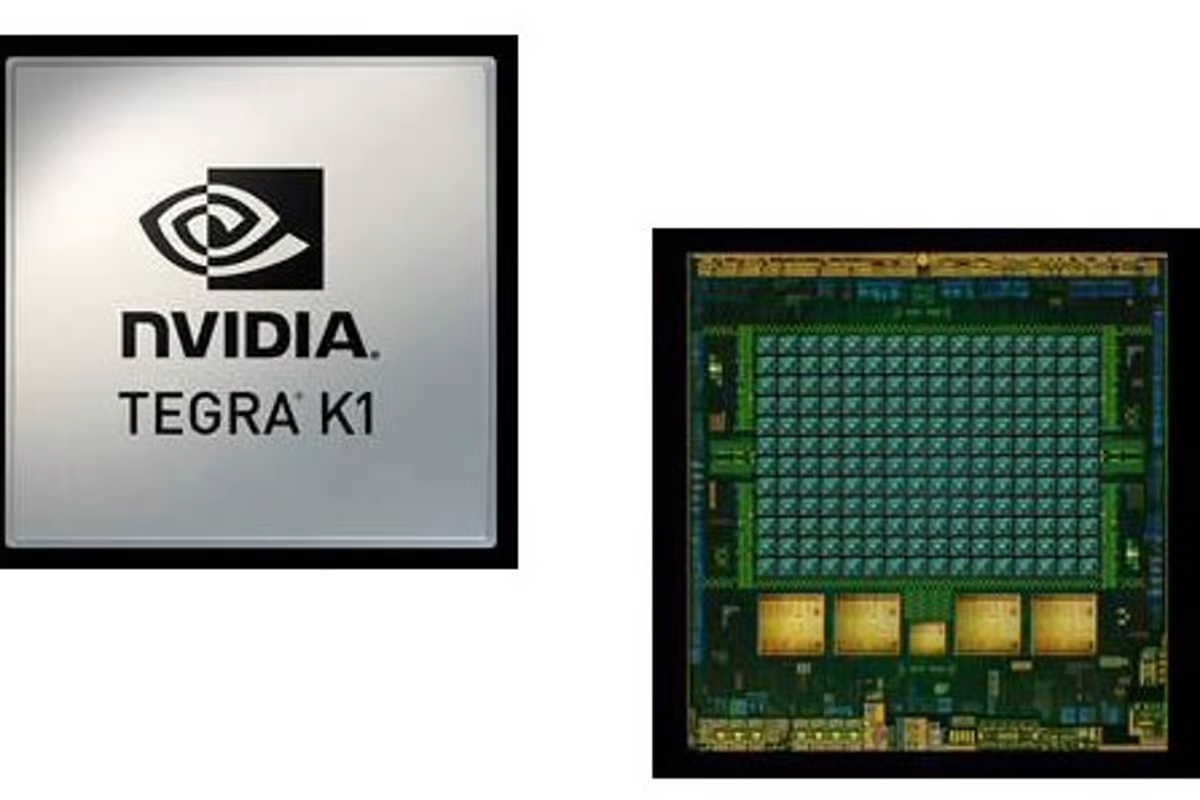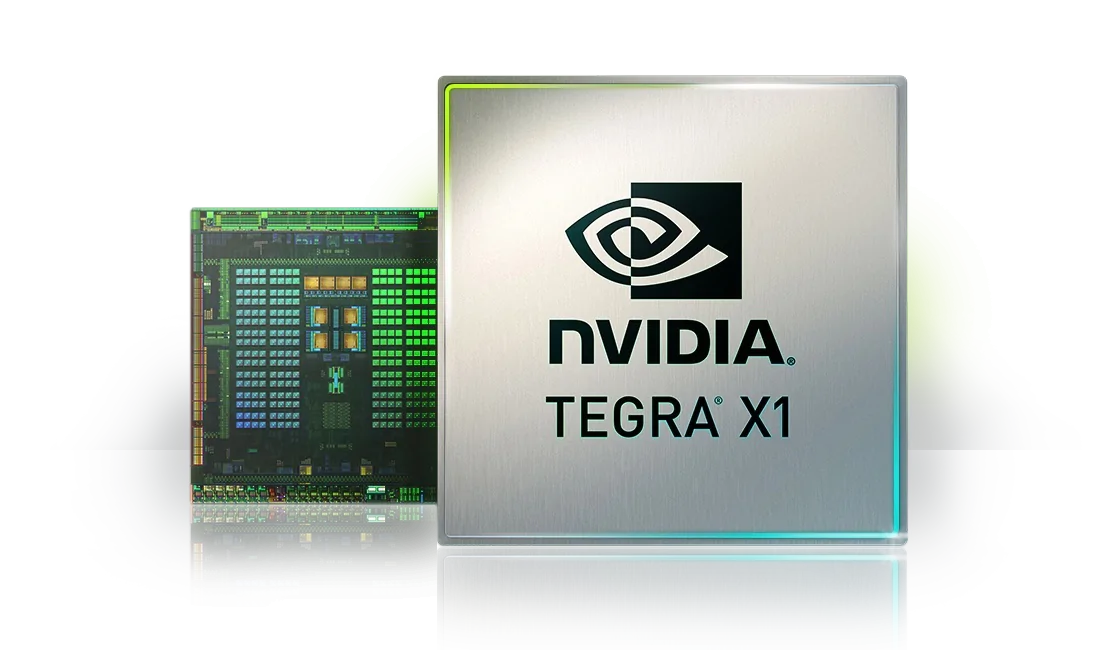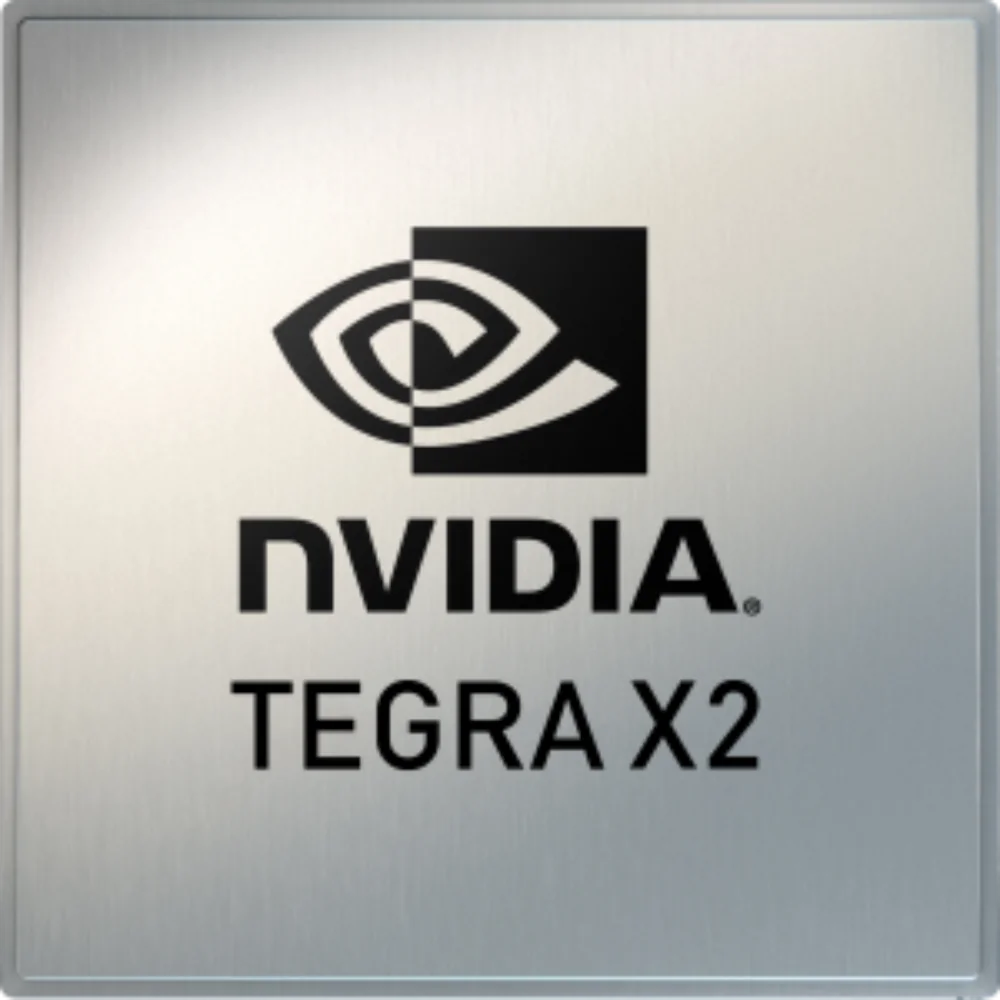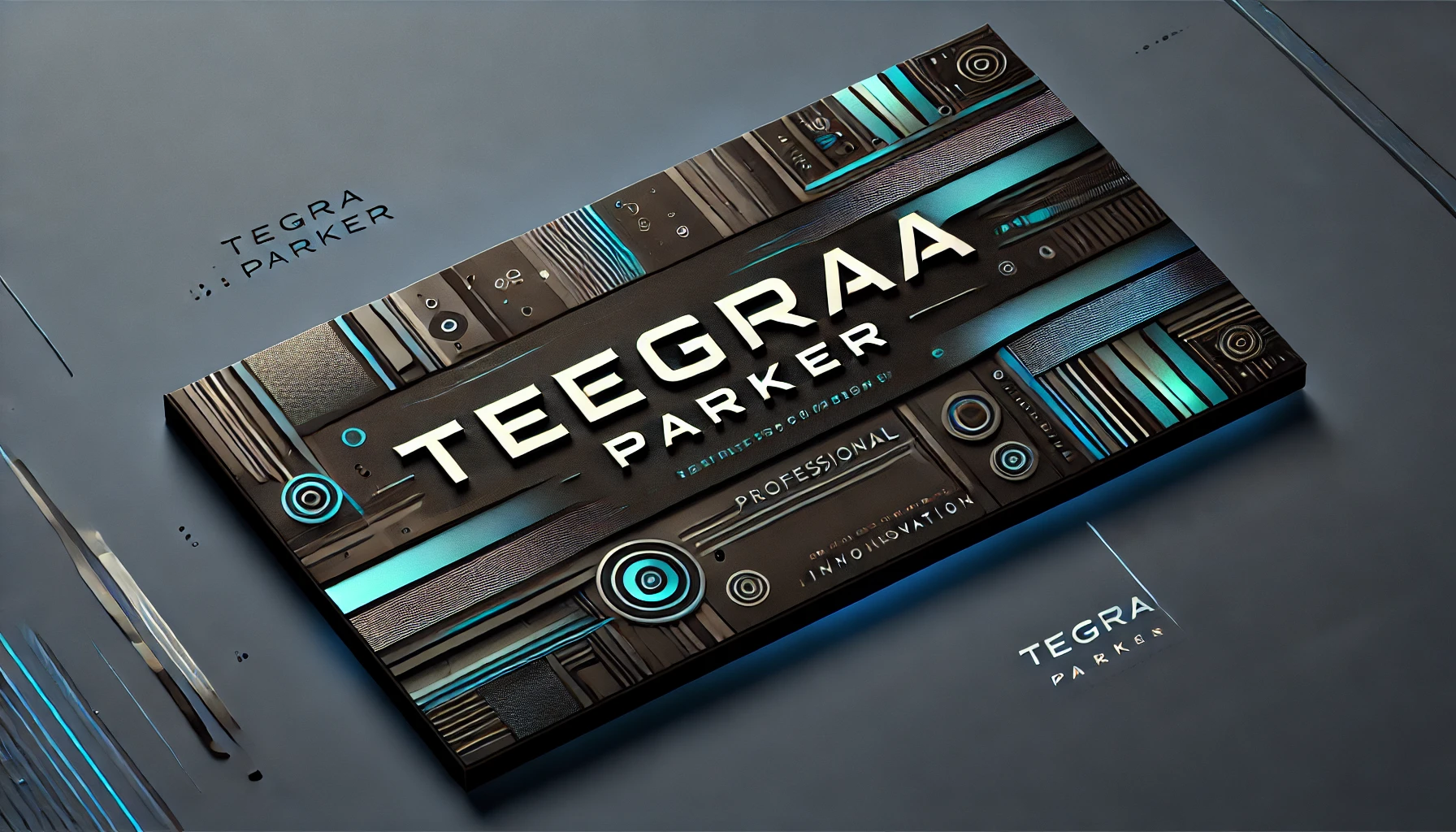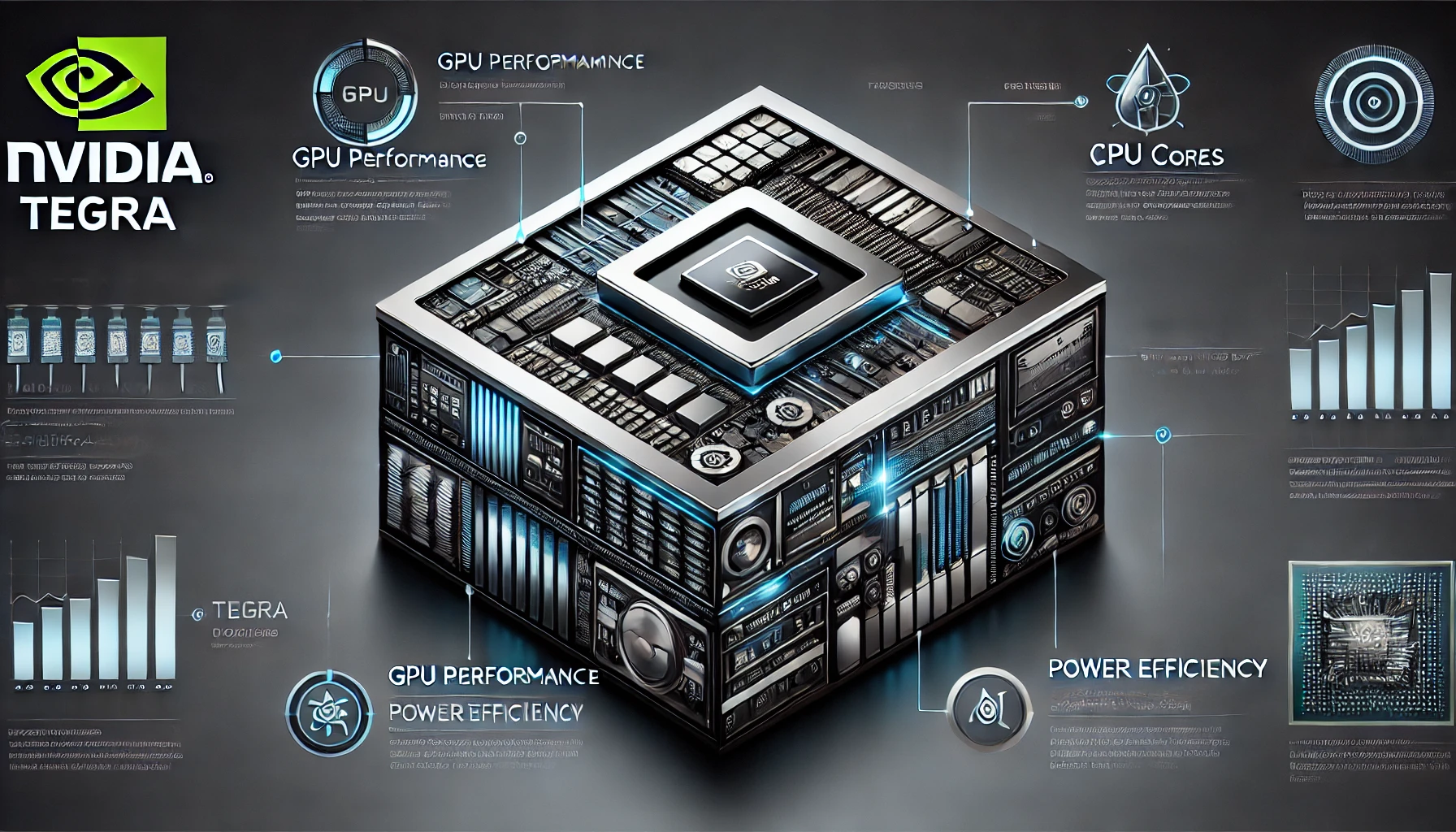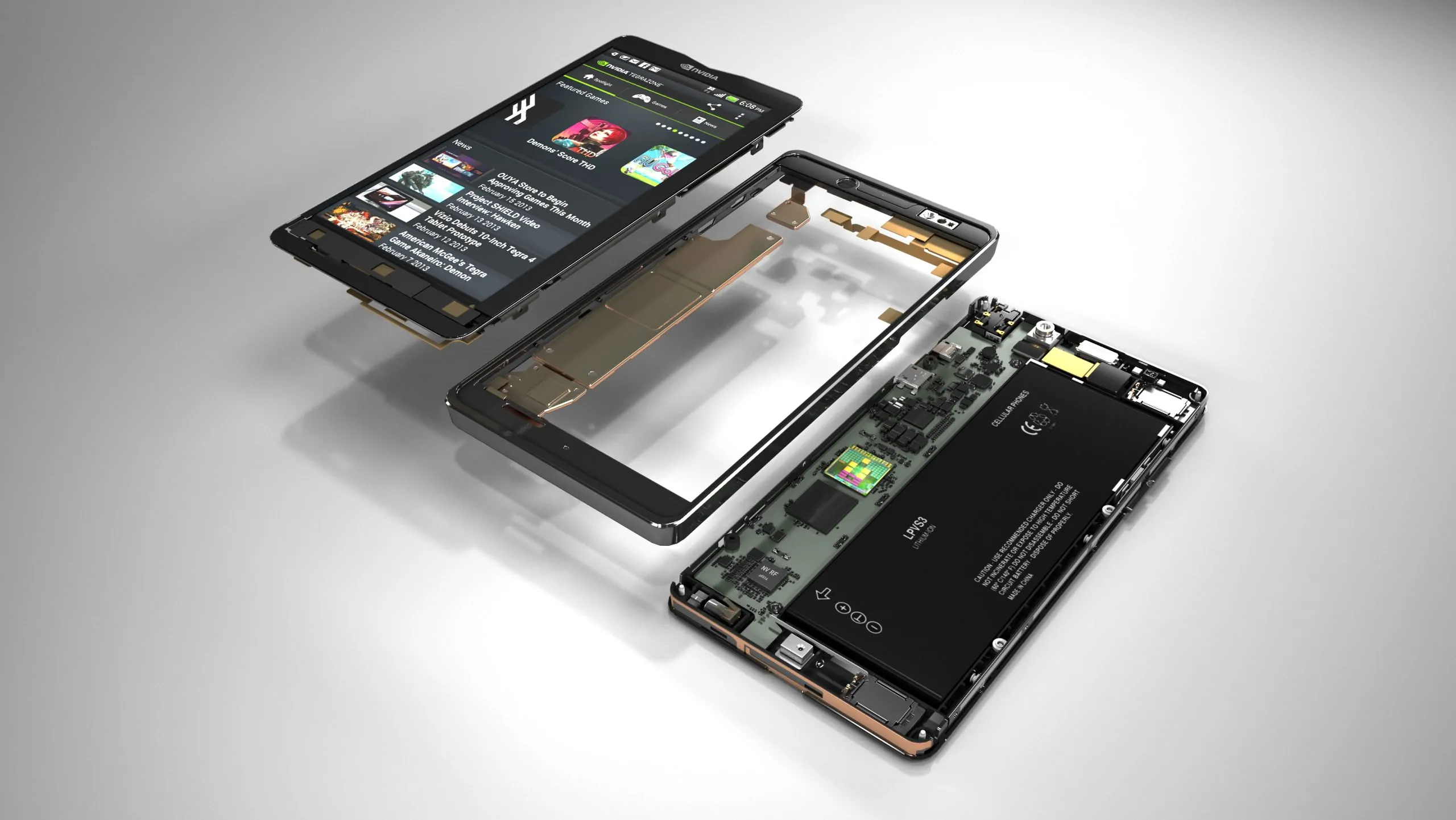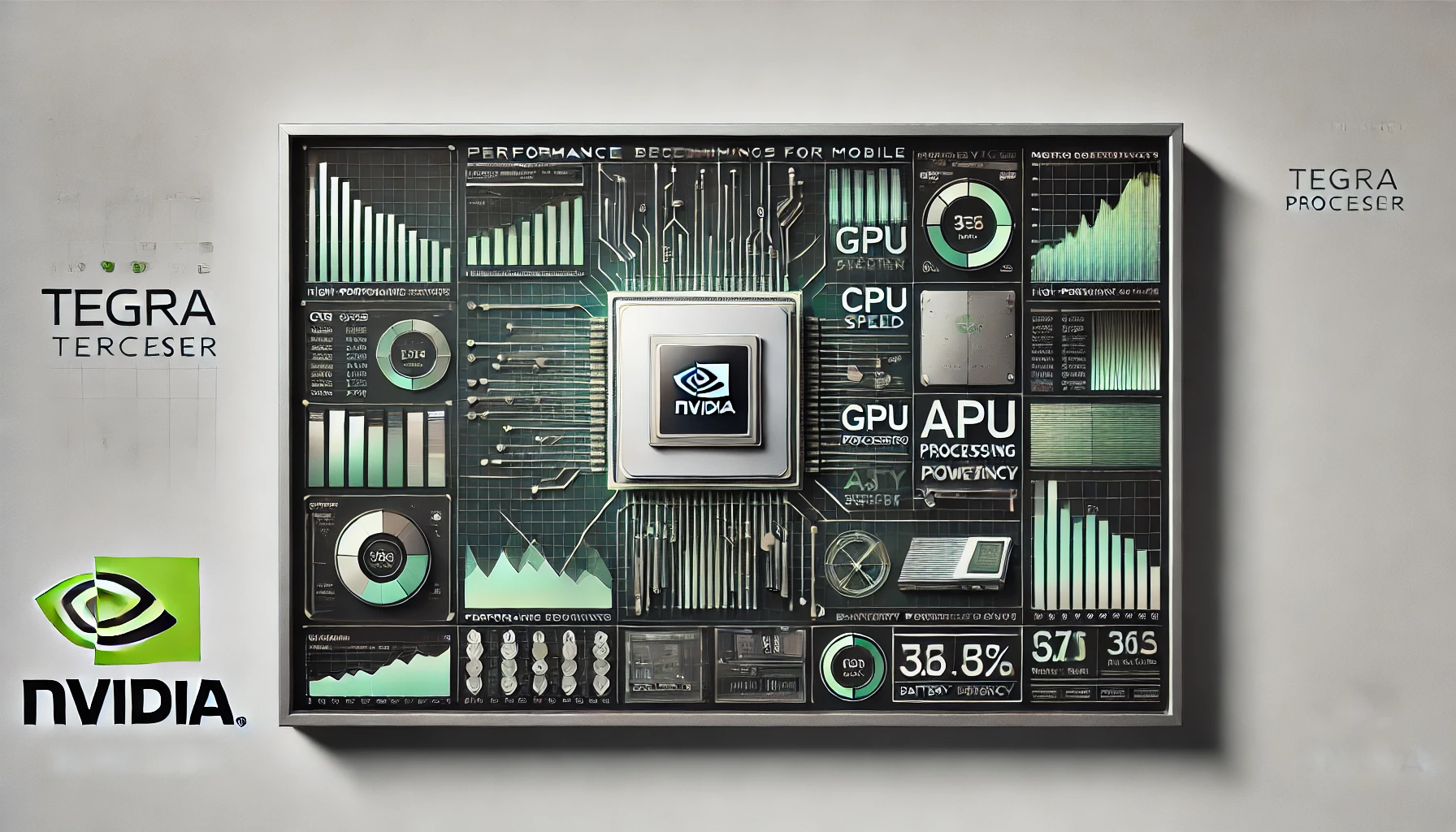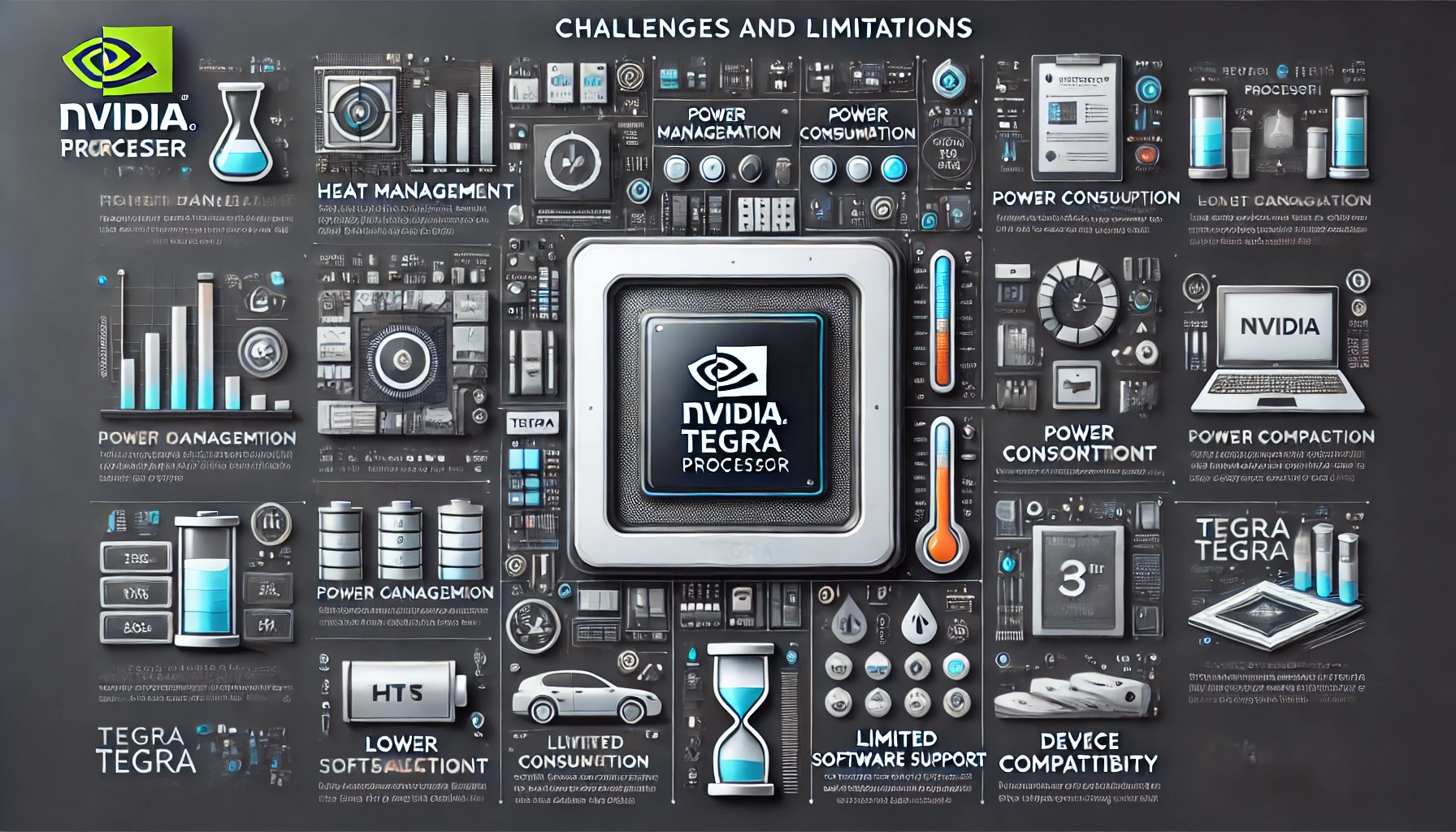The NVIDIA Tegra processors are a series of powerful and energy-efficient chips designed to bring advanced computing capabilities to mobile and embedded devices. Known for their CPU, GPU, and other components integration, Tegra processors have significantly impacted gaming, automotive systems, and mobile computing by enabling high performance with lower power consumption. This blog aims to explore the evolution, key features, and the role Tegra processors play in shaping the future of technology.
History and Evolution of Tegra Processors
The Origin of NVIDIA Tegra Processors
NVIDIA introduced the Tegra processors to the market in 2008, aiming to deliver high-performance computing for mobile and embedded devices. The origin began a new era in mobile processing, blending CPU, GPU, and multimedia capabilities into a single chip.
Major Milestones and Generations
Over the years, NVIDIA has released multiple generations of Tegra processors, each bringing significant advancements in processing power, energy efficiency, and graphics capabilities. These milestones have made Tegra a leading choice in consumer and industrial applications.
Tegra APX 2500: The First Generation
The Tegra APX 2500, launched in 2008, was the first-generation Tegra processor, targeting smartphones and portable devices. It combined a low-power CPU with advanced video and audio processing, laying the foundation for future developments in mobile processing.
Tegra 2: The First Dual-Core Mobile Processor
Released in 2010, the Tegra 2 was the world’s first dual-core mobile processor. It set a new standard for mobile computing, enabling faster performance and better multitasking in mobile phones and tablets and ushering in the era of high-definition mobile gaming.
Tegra 3: Introduction of Quad-Core Architecture
The Tegra 3, introduced in 2011, was the first mobile processor to feature a quad-core architecture and a fifth companion core for low-power tasks. This innovation boosted performance while maintaining energy efficiency, making it popular in devices like tablets and gaming consoles.
Tegra 4: Enhanced Performance and Energy Efficiency
In 2013, NVIDIA launched the Tegra 4, which featured a 72-core GPU and a quad-core CPU, delivering enhanced performance and energy efficiency. This generation focused on improving graphics and overall processing power, making it ideal for gaming and multimedia devices.
Tegra K1: 192-Core Kepler GPU Integration
The Tegra K1, released in 2014, marked a major leap in mobile graphics by integrating a 192-core Kepler GPU. This allowed cell phones to achieve console-quality graphics and supported advanced features like CUDA and DirectX 11, making it a powerful tool for developers.
Tegra X1: Introduction of Maxwell GPU Architecture
Launched in 2015, the Tegra X1 introduced the Maxwell GPU architecture, offering even more power and efficiency. This generation was particularly noted for its application in the Nintendo Switch, delivering a seamless gaming experience both on the go and at home.
Tegra X2: Advancements in Automotive Applications
The Tegra X2, released in 2017, built on the success of the X1 and focused on automotive applications. Featuring improved processing power and energy efficiency, it became a key component in advanced driver-assistance systems (ADAS) and other automotive technologies.
Tegra Parker: High Performance for AI and Autonomous Systems
The Tegra Parker, launched in 2016, was designed to power AI and autonomous systems. With its dual Denver and quad ARM Cortex-A57 cores, along with a Pascal GPU, Parker brought enhanced capabilities to AI-driven applications, particularly in automotive and robotics.
Current Generation: Tegra Xavier and Orin
The latest generations, Tegra Xavier and Orin, are built for the future of AI and autonomous systems. Xavier, with its Volta GPU architecture, and Orin, with its Ampere GPU architecture, deliver unparalleled performance and efficiency, setting new benchmarks in computing for automotive, robotics, and embedded systems.
Technical Specifications and Features
CPU Architecture and Cores
Depending on the generation, NVIDIA Tegra processors feature advanced CPU architectures, ranging from dual-core to octa-core configurations. The cores are designed to deliver high performance while maintaining energy efficiency, making them suitable for various demanding applications, from gaming to AI processing.
GPU Integration and Graphics Capabilities
One of the standout features of Tegra processors is their powerful GPU integration. Starting with the Kepler architecture in Tegra K1 and progressing to Maxwell, Pascal, Volta, and Ampere in later generations, these GPUs offer exceptional graphics performance, enabling console-quality gaming and advanced graphical applications on mobile and embedded devices.
Power Efficiency and Thermal Management
Tegra processors are engineered for power efficiency, employing various techniques such as dynamic voltage scaling and core shutdown for non-critical tasks. This ensures that devices powered by Tegra can maintain high performance without overheating, making them ideal for mobile phone and automotive applications where thermal management is crucial.
Memory and Storage Support
Tegra processors support many memory and storage configurations, including LPDDR4 RAM and high-speed eMMC storage. This flexibility allows devices to easily handle intensive applications, ensuring smooth performance and quick access to data.
Connectivity Features (Wi-Fi, Bluetooth, etc.)
Tegra processors have integrated connectivity features such as Wi-Fi, Bluetooth, and sometimes even LTE support. These features ensure that devices can connect seamlessly to networks and other devices, providing a robust foundation for modern mobile and embedded applications.
AI and Deep Learning Capabilities
With the integration of advanced GPUs and dedicated AI cores, Tegra processors are equipped to handle AI and deep learning tasks efficiently. These capabilities are particularly important in autonomous vehicles, robotics, and other AI-driven applications, where real-time data processing and decision-making are critical.
Security Features
NVIDIA Tegra processors include robust security features, such as hardware-based encryption, secure boot, and trusted execution environments. These features are designed to protect sensitive data and ensure the devices operate securely, which is essential for automotive, enterprise, and consumer electronics applications.
Use Cases and Applications
Mobile Devices (Smartphones and Tablets)
NVIDIA Tegra processors have been widely used in smartphones and tablets, offering powerful computing and graphics capabilities that enhance the user experience. These processors enable smooth multitasking, high-definition video playback, and console-quality gaming, making them a preferred choice for mobile phones.
Gaming Consoles (NVIDIA Shield)
Tegra processors are at the heart of NVIDIA’s gaming consoles, like the NVIDIA Shield. These consoles leverage Tegra’s advanced GPU architecture to deliver exceptional gaming performance, supporting high-resolution graphics, smooth gameplay, and access to a vast library of games, including popular titles from major gaming platforms.
Automotive Industry (Infotainment Systems, Autonomous Vehicles)
In the automotive industry, Tegra processors power advanced infotainment systems and play a crucial role in developing autonomous vehicles. Their ability to process large amounts of data in real time makes them ideal for applications like driver assistance, in-car entertainment, and the complex AI tasks required for autonomous driving.
Robotics and Drones
Tegra processors are increasingly used in robotics and drones, where their powerful computing and energy efficiency are essential. These processors enable advanced navigation, real-time image processing, and AI-driven decision-making, allowing robots and drones to operate autonomously in complex environments.
Smart Home Devices
Tegra processors also find applications in smart home devices, powering everything from smart speakers to security systems. Their ability to handle AI and deep learning tasks enables these devices to interact more intelligently with users, offering personalised experiences and improving overall home automation.
Industrial Applications
Tegra processors are used in various industrial applications, from machine vision systems to automated control systems. Their robust performance and reliability make them suitable for demanding industrial environments where precision and efficiency are critical.
Performance Benchmarks
Real-world Performance in Gaming, AI, and Multimedia
NVIDIA Tegra processors have consistently delivered impressive real-world performance across various applications. In gaming, Tegra-powered devices like the NVIDIA Shield showcase smooth, high-resolution gameplay with minimal latency, rivalling traditional gaming consoles. In AI applications, Tegra processors excel in real-time processing, enabling swift decision-making and advanced features in autonomous systems and robotics.
For multimedia, Tegra’s integration of powerful GPUs ensures seamless video playback and high-quality graphics rendering, making it a top choice for devices requiring intensive graphical processing.
Power Consumption and Efficiency Metrics
One of the key strengths of Tegra processors is their balance between performance and power efficiency. Advanced power management techniques allow Tegra processors to deliver high computational power while minimising energy consumption. This efficiency is crucial for mobile phones and embedded systems where battery life and thermal management are critical. Benchmarks consistently show that Tegra processors offer competitive performance-per-watt ratios, making them ideal for applications requiring sustained performance without excessive power draw.
Development and Software Support
Development Tools and SDKs
NVIDIA provides a comprehensive suite of development tools and Software Development Kits (SDKs) tailored for Tegra processors. These tools include the NVIDIA JetPack SDK, which offers a complete toolkit for developing AI, computer vision, and multimedia applications on Tegra-powered devices.
The SDKs simplify the development process, allowing developers to optimise performance, utilise advanced GPU features, and ensure seamless integration with various platforms.
Support for AI and Machine Learning Frameworks
Tegra processors are well-supported by leading AI and machine learning frameworks, such as TensorFlow, PyTorch, and NVIDIA’s CUDA and cuDNN libraries. This support enables developers to leverage the full potential of Tegra’s GPU architecture for deep learning and AI tasks, whether they are building autonomous systems, robotics, or smart applications. The tight integration with these frameworks allows for efficient model deployment and real-time AI inference.
Community and Developer Resources
NVIDIA has cultivated a robust community and offers extensive resources for developers working with Tegra processors. This includes forums, tutorials, documentation, and example projects that help developers troubleshoot, share knowledge, and accelerate their development efforts. The strong community support, combined with NVIDIA’s commitment to providing regular updates and new tools, ensures developers have everything they need to create cutting-edge applications on the Tegra platform.
Challenges and Limitations
Power Consumption in High-Performance Scenarios
While NVIDIA Tegra processors are known for their power efficiency, maintaining low power consumption in high-performance scenarios can be challenging. Balancing performance with thermal management becomes critical in intensive applications like gaming or AI processing. Overcoming this challenge requires sophisticated cooling solutions and advanced power management techniques. However, it can still be a limiting factor in certain mobile or embedded environments where battery life is a priority.
Adoption in Mainstream Devices
Despite their advanced features and capabilities, Tegra processors have faced challenges in widespread adoption across mainstream consumer devices. While successful in niche markets like gaming consoles and automotive systems, their presence in smartphones and tablets has been limited. Competing processors from other manufacturers, which may offer more cost-effective solutions or better integration with existing ecosystems, have dominated the mainstream market, making it difficult for Tegra to gain a foothold.
Market Penetration and Consumer Awareness
Market penetration and consumer awareness of Tegra processors remain relatively low compared to more widely recognised brands in the processor market. While Tegra has succeeded in specialised applications, the general consumer market needs to become more familiar with its capabilities and benefits. This lack of awareness can impact its adoption, as consumers and manufacturers often prefer more established names with proven track records in mainstream devices. Overcoming this requires targeted marketing and education efforts to highlight the unique advantages of Tegra processors.
Comparison with Other Processors
| Feature | NVIDIA Tegra | Qualcomm Snapdragon | Apple A-Series | MediaTek Dimensity | Intel Atom/Core Series |
| CPU Performance | High-performance CPUs with efficient cores for AI and gaming | Balanced CPU performance for various applications | Industry-leading single-core performance | Focus on cost-effective solutions with adequate performance | High-performance CPUs for industrial/automotive applications |
| GPU Performance | Advanced GPUs with console-quality graphics (Maxwell, Pascal, Volta) | Adreno GPUs, good balance of power and efficiency | Powerful custom GPUs for top-tier graphics | Integrated GPUs, good for multimedia | Moderate GPU performance, focusing on industrial uses |
| Power Efficiency | Optimised for power efficiency, especially in mobile and embedded devices | Excellent power management, widely adopted in smartphones | Superior power efficiency in mobile devices, optimised for iOS | Adequate efficiency with a focus on cost-effectiveness | Efficient, with a focus on industrial power management |
| Thermal Management | Sophisticated cooling solutions required in high-performance scenarios | Effective thermal management, especially in high-end models | Excellent thermal management within iOS devices | Adequate, designed for mid-range devices | Effective, especially in industrial settings |
| AI and Machine Learning Capabilities | Strong AI performance, supports frameworks like CUDA and cuDNN | Integrated AI engines, good for mobile applications | Strong AI capabilities, tightly integrated with iOS | Decent AI capabilities for cost-effective solutions | Moderate AI performance, with a focus on embedded applications |
| Market Adoption | Popular in niche markets like gaming consoles and automotive | Widely adopted across all mobile segments | Dominant in Apple devices with a closed ecosystem | Focused on mid-range and entry-level devices | Widely adopted in industrial and embedded systems |
| Use Cases | Gaming consoles (NVIDIA Shield), automotive systems, AI, and robotics | Smartphones, tablets, wearables, automotive applications | Apple’s ecosystem (iPhones, iPads), automotive with CarPlay | Mid-range smartphones, tablets, cost-effective devices | Industrial, automotive, embedded systems |
| Graphics and Gaming Capabilities | Excellent, supports console-quality gaming | Strong, with a focus on mobile gaming | Exceptional, leading in mobile gaming | Adequate for mid-range devices | Moderate, not focused on gaming |
| Integration with Ecosystem | Well-integrated with NVIDIA’s ecosystem (CUDA, AI tools) | Strong integration with Android and other platforms | Seamless integration with iOS and macOS | Well-suited for Android, with a focus on cost | Strong integration with Windows and Linux, especially in industrial uses |
| Application in Automotive/Embedded Systems | Strong presence, especially in autonomous vehicles | Growing with solutions for automotive (Snapdragon Ride) | Limited, mostly within Apple’s CarPlay system | Minimal focus on mobile devices | Strong presence in industrial and automotive sectors |
| Focus on Cost-Effective Solutions | Higher-end solutions, less focus on cost | Offers both premium and budget solutions | Premium, no focus on cost-effective markets | Strong focus, especially in entry to mid-level markets | Balanced, with industrial-grade solutions at various price points |
| Performance in Mid-Range/Entry-Level Devices | Limited presence | Strong, especially in the Snapdragon 600/700 series | No presence | The primary focus, especially with the Dimensity series | Minimal presence in mid-range focuses on industrial-grade performance |
| Software and Development Ecosystem | Comprehensive tools and SDKs, especially for AI and graphics | Extensive support for Android development | A closed ecosystem with strong tools for iOS | Adequate, focused on Android | Strong support for embedded and industrial applications, Windows, and Linux |
Conclusion
NVIDIA Tegra processors have significantly advanced mobile and embedded technology, particularly in gaming, AI, and automotive systems. Throughout their evolution, Tegra processors have consistently pushed the boundaries of performance, power efficiency, and graphics capabilities. Their impact is evident in various high-performance applications, from gaming consoles to autonomous vehicles. As technology evolves, Tegra processors are poised to remain crucial in driving innovation in multiple industries.
